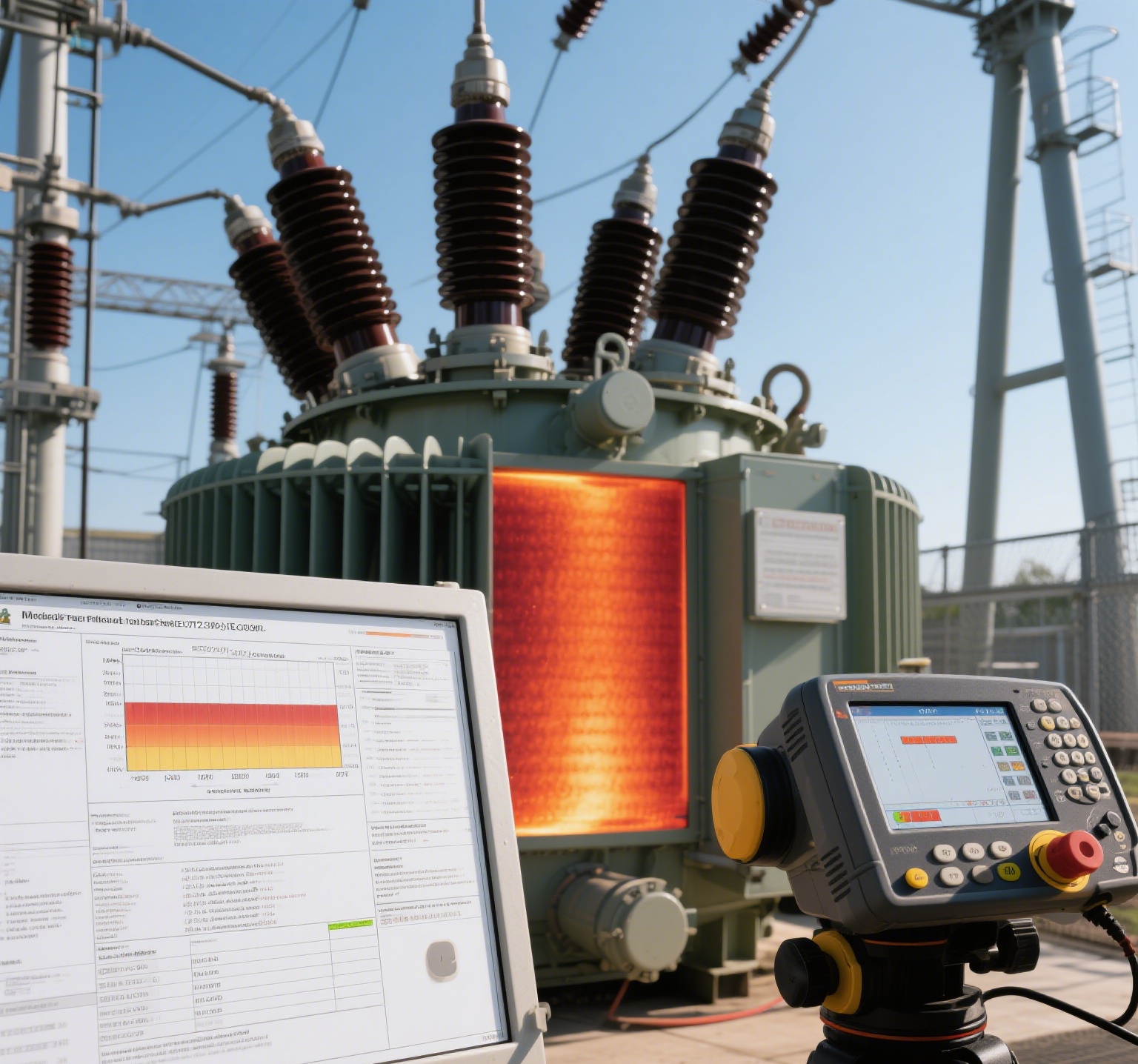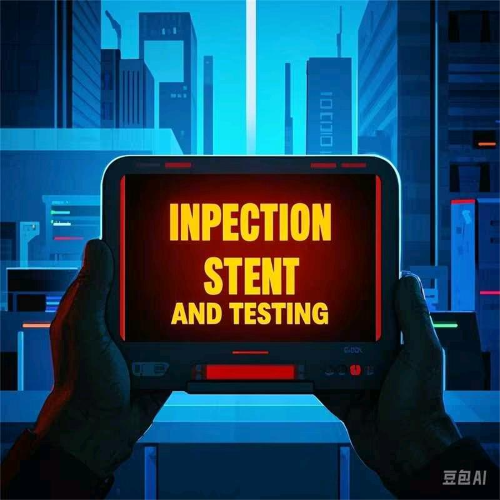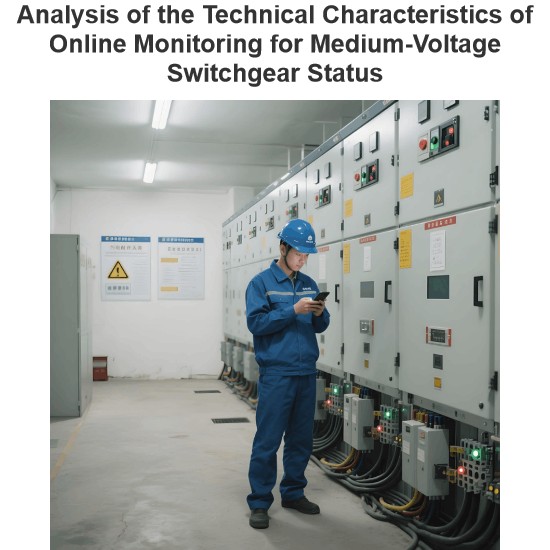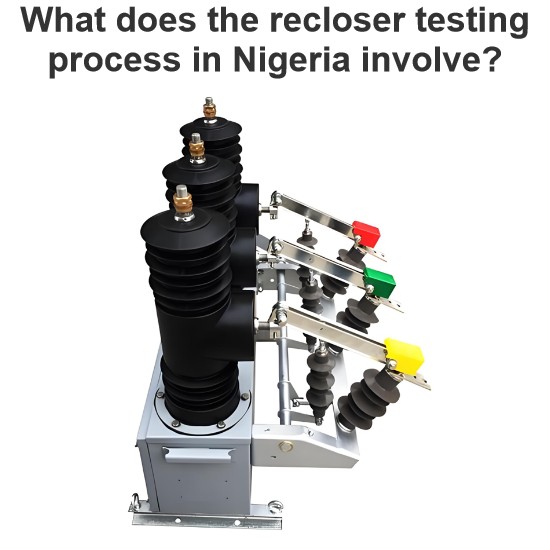Thermal Performance Testing of Distribution Transformers: Preserving Efficiency and Longevity
In the realm of power distribution, distribution transformers shoulder the critical task of stepping down voltage for end-users. Amidst electrical and mechanical demands, their thermal performance dictates operational lifespan and grid stability. Rigorous inspection of thermal attributes—from temperature rise to heat dissipation—is paramount. This article explores how thermal performance inspections safeguard distribution transformers against overheating, a silent yet pervasive threat.
1. The Vital Role of Thermal Inspection
Distribution transformers generate heat during operation, primarily from winding losses and core hysteresis. Unchecked heat accumulation degrades insulation, accelerates aging, and risks catastrophic failures. Regular inspections of thermal behavior—including temperature monitoring and hotspot detection—act as early warning systems. By identifying thermal anomalies, technicians preempt breakdowns, ensuring uninterrupted power delivery.
2. Key Thermal Testing Components
Several tests underpin thermal performance inspections for distribution transformers:
Temperature Rise Test: A cornerstone inspection, this test measures the temperature increase in windings and oil under rated load. Deviations from standards signal inefficient cooling or internal resistance issues, prompting inspection of cooling fans, fins, or coolant levels.
Thermal Imaging Inspection: Infrared cameras map surface temperatures non-invasively. This inspection technique spotlights hidden hotspots—such as loose connections or blocked ducts—allowing for targeted repairs before insulation damage occurs.
Oil Temperature Analysis: Sampling and testing transformer oil’s viscosity and acid content reveals thermal stress levels. Elevated acidity indicates excessive heating, triggering inspection of heat sources and cooling mechanisms.
3. Inspection Protocols and Standards
Standards like IEEE C57.12.90 and IEC 60076 mandate systematic thermal inspections. During testing, technicians simulate full-load conditions while monitoring temperature gradients. For instance, a temperature rise inspection requires stabilizing the transformer for hours before recording readings. Detailed documentation of each inspection—including ambient conditions, test durations, and thermal profiles—facilitates trend analysis over time.

4. Frequency and Adaptive Strategies
The frequency of thermal inspections depends on load variability and environmental factors. Distribution transformers in urban areas with fluctuating loads may undergo monthly inspections, while rural units could suffice with quarterly checks. In hot climates, thermal inspection intervals shorten to counter heat stress. Advanced monitoring systems now enable continuous thermal inspections via embedded sensors, transmitting real-time data to control centers.
5. Overcoming Inspection Challenges
Thermal inspections face hurdles, notably false positives from transient load spikes. To mitigate this, technicians correlate thermal data with electrical parameters (e.g., load currents). Additionally, accessing hard-to-reach components—like internal windings—demands expertise. Some inspections require oil draining, necessitating meticulous safety protocols. Regular calibration of thermal sensors ensures accurate inspection results.
6. Integrating Thermal Inspection with Maintenance
Thermal inspections bridge data collection and maintenance actions. A comprehensive inspection report—flagging hotspots, cooling inefficiencies, or oil degradation—guides immediate interventions. For example, if a thermal imaging inspection reveals a blocked cooling fin, cleaning or replacement is prioritized. By embedding thermal inspections into preventive maintenance schedules, operators extend transformer lifespans and reduce grid vulnerabilities.
In conclusion, thermal performance inspections are the linchpin of distribution transformer resilience. Through precision testing, adherence to standards, and data-driven insights, these inspections combat overheating—a root cause of premature failures. As power demands surge, investing in thorough thermal inspections isn’t just operational due diligence; it’s an essential strategy for safeguarding grid reliability worldwide.
Hey! I'm Oliver Watts, an electrical engineer in Inspection and Testing. With years of hands - on experience, I ensure electrical systems meet top safety and performance standards. Using advanced gear, I conduct diverse tests, easily spotting issues in both large - scale industrial and small - scale commercial setups. I love teaming up, sharing knowledge, and keeping up with industry regs. Also, I'm skilled at data analysis with software. If you're into electrical inspection or just want to chat engineering, reach out. Let's connect and explore!













